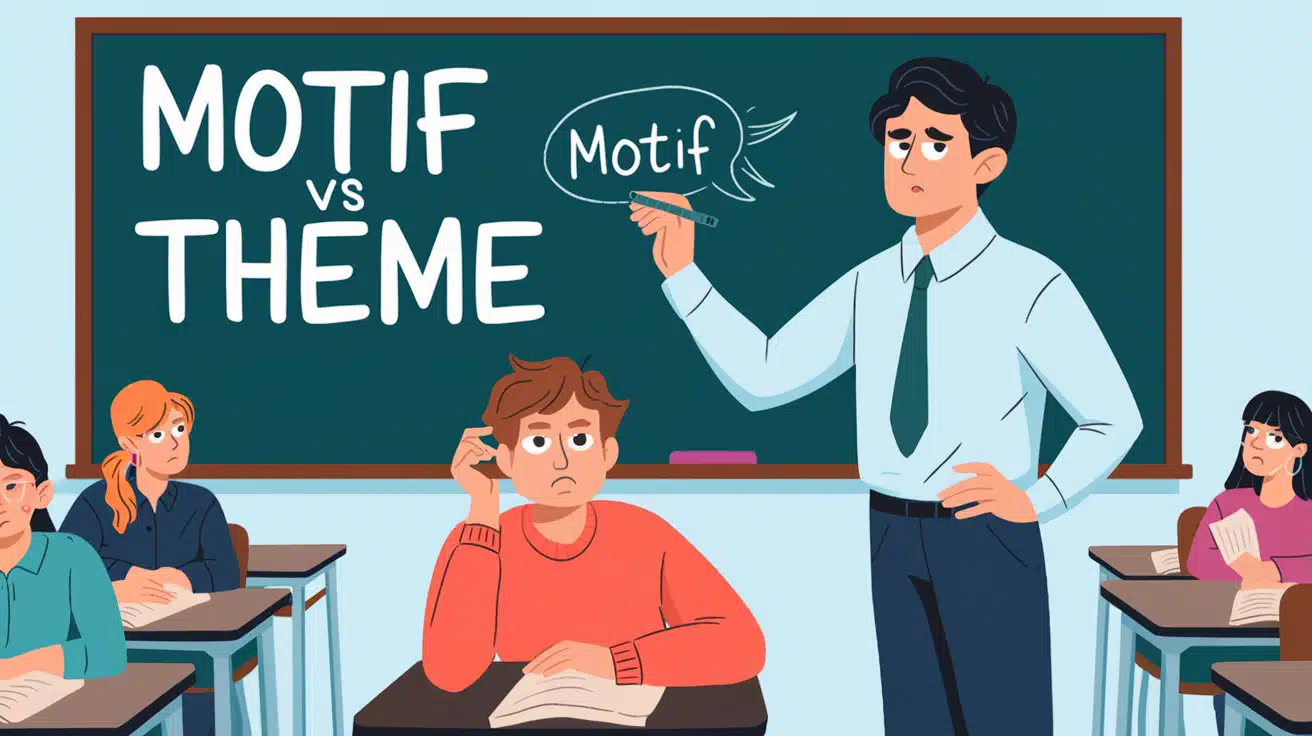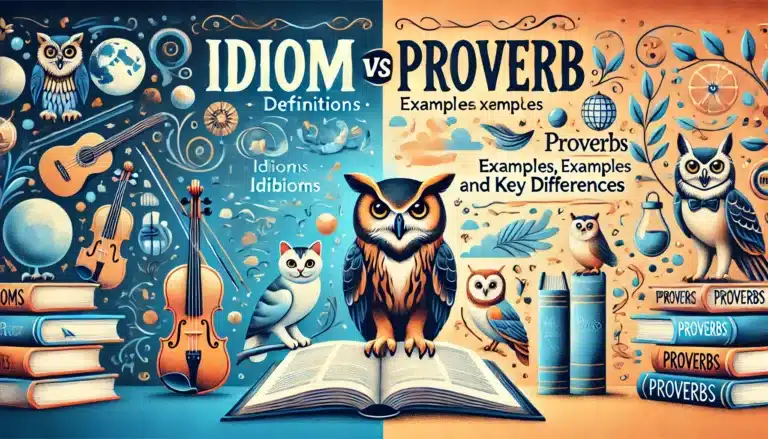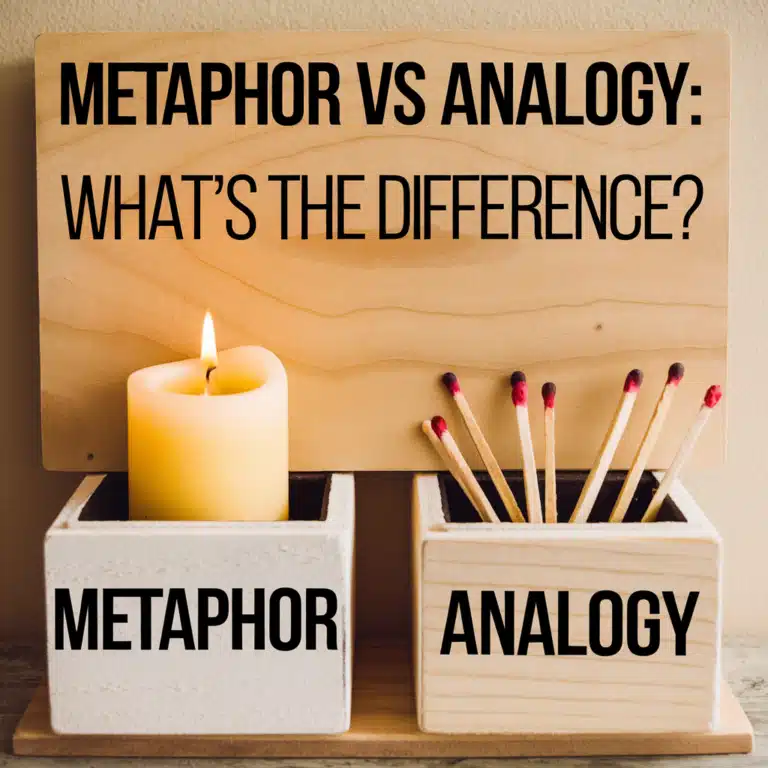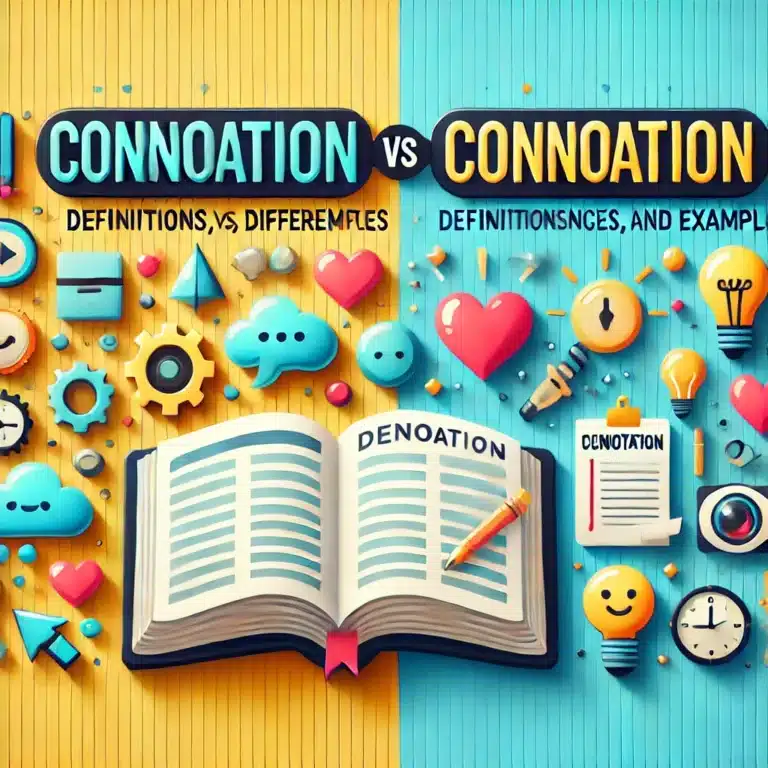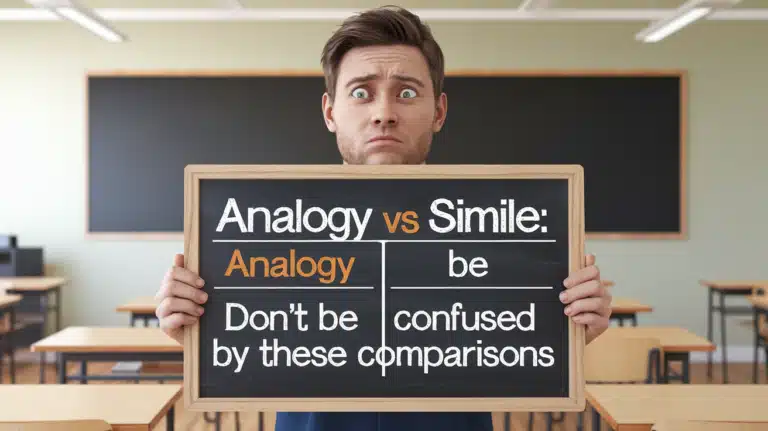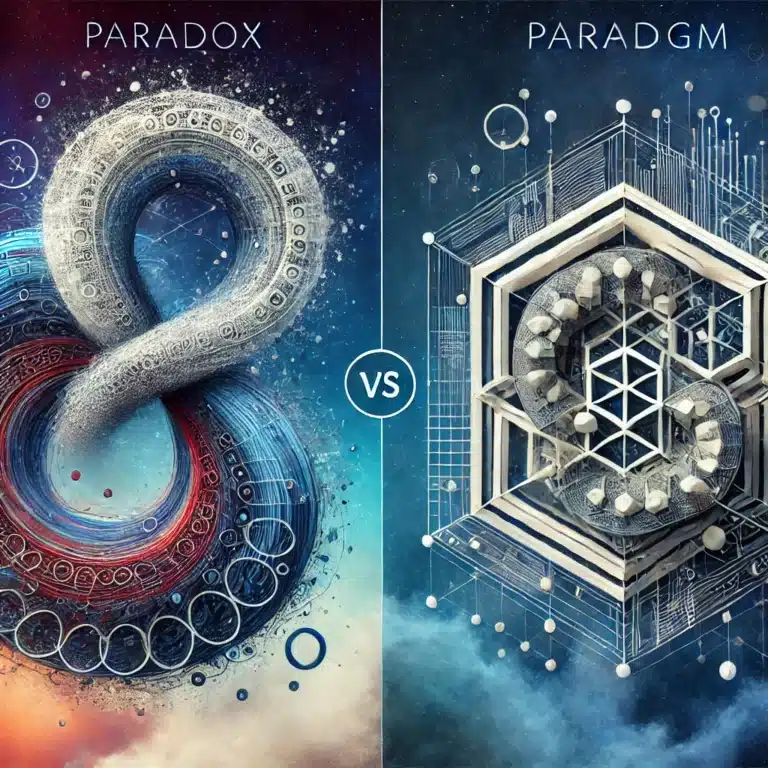Motif vs Theme: Clarifying the Confusion
Understanding the difference between motif vs theme is crucial for readers. A motif is a recurring element that appears throughout a narrative, enhancing the story’s depth. For example, visual motifs like colors or objects can symbolize broader themes. In contrast, a theme is the central idea or abstract concept explored in the work, reflecting universal truths about the human experience. By recognizing various types of motifs and types of themes, readers can gain insight into the symbolic motifs that shape a story. This knowledge enriches the reading experience and helps uncover the thematic development within literature.
Understanding Motifs
A motif is a recurring element in a story. It can be an image, sound, or idea that appears several times. Motifs help to create a pattern or a specific feeling in the narrative. By repeating certain elements, authors can guide readers to notice connections or themes. For example, if a story frequently mentions rain, it might symbolize sadness or change.
Motifs serve as tools for thematic development. They enrich the narrative and deepen the reader’s understanding. When a motif appears, it often carries a central message or symbolism that relates to the story’s themes. This connection between motifs and themes is vital for interpreting the text.
Types of Motifs
There are several types of motifs that writers use. Visual motifs are images that appear repeatedly, such as a specific color or object. For instance, a red rose might symbolize love throughout a story. Auditory motifs can include sounds or music that recur, enhancing the mood. Think of a haunting melody that plays whenever a character faces a difficult choice.
Thematic motifs link directly to the broader themes in a work. These can include elements like character motifs, where a character’s actions reflect a recurring idea. For example, a character who keeps losing things might symbolize the theme of loss. Each type of motif helps to build the narrative and connects different parts of the story, creating a rich tapestry of meaning.
Understanding Themes
A theme is the central idea or message in a story. It often reflects universal truths about the human experience. Themes explore abstract concepts like love, power, or betrayal. They invite readers to think deeply about the story’s meaning and its implications in real life. For example, a theme of redemption might encourage readers to consider how people can change.
Themes are not always straightforward. They can be complex and layered, revealing more upon closer examination. A book can have multiple themes that interweave throughout the narrative. Understanding these themes helps readers gain insight into the author’s intentions and the overall impact of the story.
Read More About : Paradox vs Paradigm: What’s the Difference?
Types of Themes
There are various types of themes found in literature. Universal themes resonate across cultures and time periods. Love, friendship, and sacrifice are examples of these enduring themes. They speak to common human experiences, making them relatable to a wide audience.
On the other hand, specific themes may cater to particular genres or contexts. For instance, a mystery novel often explores themes of truth and deception, while a coming-of-age story focuses on personal growth and identity. Recognizing these themes enhances the reading experience, allowing readers to connect with the story on a deeper level.
Motif vs Theme: Key Differences
The main difference between motif and theme lies in their function. A motif is a recurring element that supports the theme, while a theme is the overarching message of the story. Motifs are often tangible, like objects or repeated phrases, whereas themes are abstract concepts that require interpretation.
By understanding these key differences, readers can appreciate how motifs and themes work together. A motif may appear multiple times in a story, while the theme evolves and unfolds as the narrative progresses. This interplay enriches the reader’s experience and deepens the narrative’s meaning.
Key Differentiators
To clarify, here are two columns comparing motifs and themes:
| Motif | Theme |
|---|---|
| A recurring element | A central idea |
| Tangible (images, sounds) | Abstract (concepts, messages) |
| Supports the theme | The overarching message |
Understanding these distinctions allows readers to analyze literature more effectively. By identifying motifs, readers can uncover the themes woven into the story.
Historical Context of Motif and Theme
Both motif and theme have rich historical backgrounds in literature. The concept of a motif can be traced back to ancient storytelling traditions. Writers have long used recurring elements to create meaning and connect with audiences.
Themes, too, have evolved over time. From epic tales to modern novels, themes reflect cultural values and societal issues. They adapt to the changing human experience, making literature a mirror of society. As readers explore these historical contexts, they gain a deeper appreciation for how motifs and themes shape narratives.
Cultural Significance
The cultural significance of motifs and themes is immense. Different cultures emphasize various motifs and themes in their storytelling. For example, in many cultures, the motif of the journey symbolizes personal growth. Similarly, themes like justice and morality often reflect societal values.
By exploring these cultural elements, readers can see how stories resonate with different audiences. This understanding enriches the reading experience and connects readers to diverse perspectives.
Examples from Literature
Examples of motifs and themes abound in literature. Many well-known works illustrate how these elements function. For instance, in Shakespeare’s “Macbeth,” the motif of blood represents guilt, while the theme of ambition drives the plot. The recurring image of blood reinforces the central idea of the consequences of unchecked ambition.
In “The Great Gatsby” by F. Scott Fitzgerald, the motif of the green light symbolizes Gatsby’s dreams. The theme of the American Dream explores the idea of aspiration and disillusionment. These examples show how motifs and themes work together to create a powerful narrative.
Analyzing Examples
Analyzing specific texts can deepen understanding. In Harper Lee’s “To Kill a Mockingbird,” the motif of the mockingbird symbolizes innocence. The theme of moral growth challenges readers to consider their values and beliefs. By examining these connections, readers can appreciate how authors craft their stories.
Concluding Thoughts on Motif vs Theme
Understanding motif vs theme enhances your reading experience and appreciation of literature. While a motif is a recurring element that adds depth to the narrative, a theme represents the central idea or abstract concept explored throughout the story. Recognizing the interplay between motifs and themes allows readers to uncover hidden meanings and universal truths about the human experience. As you engage with texts, look for these elements to enrich your understanding and enjoyment of literary works.

